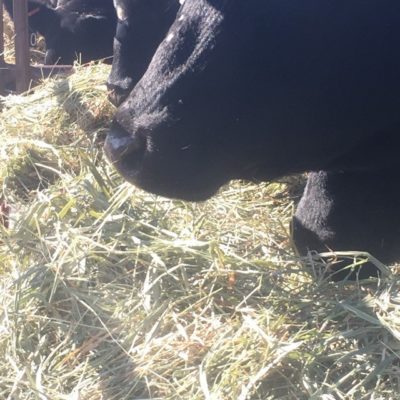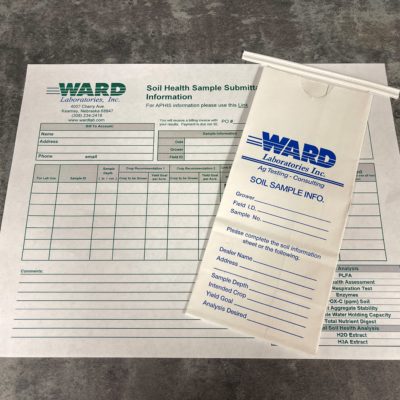As the animal scientist here at Ward Laboratories, INC. my blog posts typically focus on how feed and forage testing can help producers reach animal production goals. However, at the American Foarage and Grasslands Council Annual Conference, soil sampling pastures came up as one of the top ways producers see as economically beneficial. So, this post will cover why to sample pasture soils, how to take a proper soil sample and how often.
Why Soil Sampling Pastures
- As stated above, producers rate soil sampling as one of the top management practices they can utilize and see a rapid return on investment. Soil analysis can give reccomendations on lime and fertilizer application, which in the long run will save a producer money by decreasing excess application practices or improve pasture production.
- Soil analysis can help producers make wise management decisions. If soil fertility of a hay field has declined, while a grazed pasture seems to be thriving due to the manure deposits and generous rest periods, a soil report can show the difference. A producer may then opt to graze the hay field and use the more fertile ground for hay production. The producer will be saving money on excess fertilizer while still building up soil health.
- Soil analysis for pH correction can improve production. As many in the agricultural testing industry repeat over and over, “unless you test it’s just a guess.” A simple soil analysis for pH with recommendations for correction can improve pasture production with relatively little input costs. The target pH for maximizing pasture production is between 6.0 – 7.0.
- As soil health becomes a buzz word in agriculture, producers may want to invest in the Haney Test to track organic carbon and microbial activity. Improving soil health for more sustainable pasture land is a goal that is beneficial for future generations.
How to Take a Proper Soil Sample
- Use a soil probe to obtain the most representative sample possible.
- Sample to a depth of 8″.
- Sample each pasture seperately. Divide pastures by animal use, paddocks, natural features, known soil differences and man made structures.
- Use a composite sample of about 15 cores per pasture as the sample to submit to Ward Laboratories, INC.
- If you have questions please call the lab and ask! Dr. Ray Ward, soil scientist, would be happy to help you get the results and analysis you needed and help you with the interpretation of those results. We want you to get the most out of your testing!
How Often to Soil Sample Pastures
It is reccomended that hay fields be tested every year for proper fertilization application reccomendations. Pasutres should be sampled once every three years. The test is going to depend on your goals.
Ward Laboratories, INC. suggests our S-4 Routine package for soil sampling pastures. The Routine package will give you results and reccomendations for pH and major plant nutrients such as potassium, calcium, magnesium and more. If soil health is of interest to you, start tracking the progress of your soils with the Haney Test.





[…] and well trained laboratory technicians take over from there. If you are wondering what your calcium, potassium, or nitrogen levels are in your soil, well we have the test to tell you. We are also always developing new […]
[…] to Ward! Here, we strive to provide quality analytical analysis of agricultural samples. Soil, plant, and fertilizer reports allow farmers to make informed decisions regarding field amendments. […]